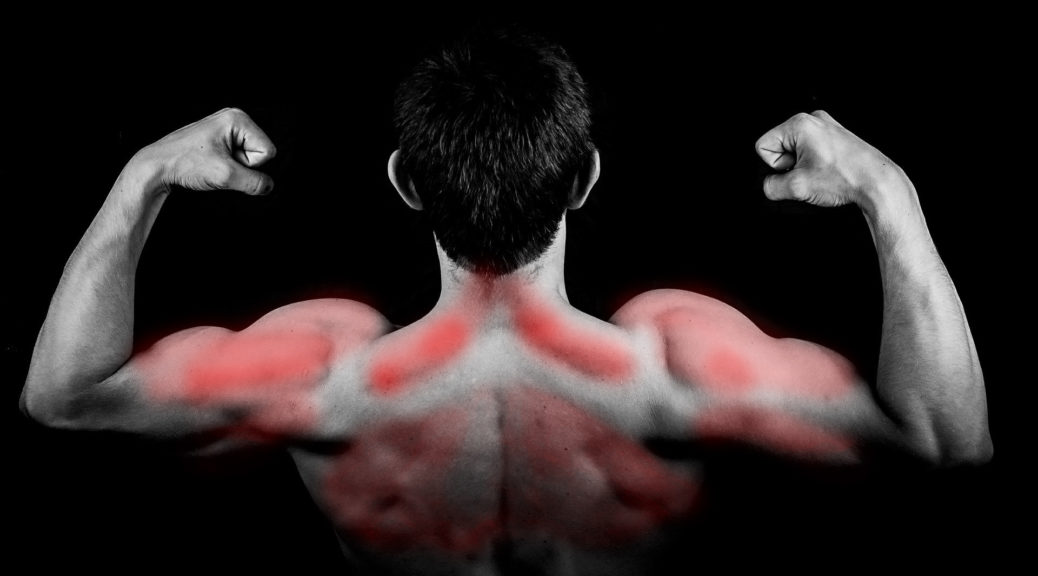
How to Get Rid of Muscle Soreness
Whether you’re a beginner or you’re in an advanced level athlete, we all have experienced muscle soreness.
When you exercise or workout you put your body in a lot of physical stress, which is beyond what your body is accustomed to.
This can cause a soreness or Delayed onset muscle soreness (DOMS).
Typically DOMs takes 24 – 48 hours to develop and peaks between 24 – 72 hours post exercise.
But that said, any muscle soreness lasting longer than 5 days could be a sign of muscle damage beyond what is beneficial.
The soreness is part of an adaptation process that leads to greater stamina and strength as the muscles recover and build.
Any movement you’re not used to can cause DOMS. Taking up a new exercise, a harder than usual workout, or working your muscles in a different way can all cause DOMS.
Why?
Microscopic tears
Tiny microscopic tears in the muscle tissue result in inflammation, and inflammation is the main cause of soreness. When muscles are overloaded during weight lifting, little tears are made in the muscle itself. The muscle repairs these tears when you’re resting, and this helps muscles grow in size and strength
Lactic acid build up
Lactic acid is produced in your muscles and builds up during intense exercise. It can lead to painful, sore muscles.
It is a normal byproduct of muscle metabolism, but it can irritate muscles and cause discomfort and soreness.
Eccentric contraction
On particular way how our muscle contracts is eccentric contraction. Here our muscle contracts while lengthening. Example are your quadriceps when you climb downhill or lowering a barbell in a biceps curl. (This is why it hurts more to climb down stairs when you have soreness in your legs and quadriceps.)
The reason is you eccentric contraction put more stress on the muscles and you can easily overdo it.
How to get rid of it?
Move and perform stretches
Before you start working out, take 10-15 minutes to warm up with low intensity bodyweight exercise and perform stretches, this will help increase blood flow and will help recover faster and will help you works your muscles up to their full range of motion.
Post workout stretch also help release tension in tight muscles
Heat and cold therapy
Alternating heat and cold may help, as it will greatly increase blood flow to the injury site.
A warm bath and using ice packs will reduce your soreness.
A warm bath may loosen tight muscles and boost blood circulation, providing temporary relief and helps muscle relax.
Cold treatment reduces inflammation by decreasing blood flow.
Massage
A good massage does feel good and it also helps you get rid of soreness faster.
Massage eases inflammation, improves blood flow and reduces muscle tightness.
Light exercise
By using your muscles (with light activity), you can speed up the elimination of lactic acid buildup.
Foam rolling
Foam rolling immediately after workout effectively reduced DOMS.
Re-hydrate
Making sure you are hydrated, this will help your muscles work well.
If you are active and sweat, you should have extra water. Multiple studies have found that dehydration during exercise increases the chance of muscle damage and causes more muscle soreness.
Rest
Lastly but not the least Rest is one the most important thing, when you rest you let your body heal itself and at the same time muscle repair takes place when you sleep/rest and grows your muscle.
Soreness is an indication that your muscles are at work. And this can happen to anyone. This only means your muscles will get stronger with time.
So give yourself some time to heal, try the methods I’ve mention before to recover faster and get FITTER!!





